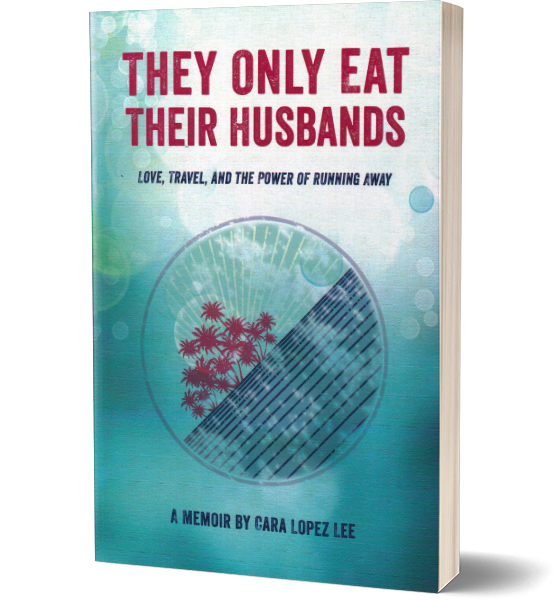 As a writing instructor, I yearn to take credit for the ingenious, creative, perceptive stories my students create. They’re kids, mostly middle-schoolers, and I yearn to point at their work and say, “They know how to do that because I taught them how.” But I believe what makes a good teacher—and I hope I’m good, though I have a long way to grow—is to have the restraint not to show them how. I give them ideas to think about, concepts to get their minds going, but the point is to let them push the discussion, explore their own answers, decide for themselves what each concept means. I seek to show them that there are potentially infinite ways to unveil a story, and then let them come up with their own way. I ask them to experiment, to dream, to use critical thinking, to ponder. But then my most important job is to get out of the way. So the less credit I can take for their work, the happier I am about the possibility that I’m evolving as a teacher.
As a writing instructor, I yearn to take credit for the ingenious, creative, perceptive stories my students create. They’re kids, mostly middle-schoolers, and I yearn to point at their work and say, “They know how to do that because I taught them how.” But I believe what makes a good teacher—and I hope I’m good, though I have a long way to grow—is to have the restraint not to show them how. I give them ideas to think about, concepts to get their minds going, but the point is to let them push the discussion, explore their own answers, decide for themselves what each concept means. I seek to show them that there are potentially infinite ways to unveil a story, and then let them come up with their own way. I ask them to experiment, to dream, to use critical thinking, to ponder. But then my most important job is to get out of the way. So the less credit I can take for their work, the happier I am about the possibility that I’m evolving as a teacher.
I began a new class the other day in which I asked third-through-fifth graders to write about a moment when they did something difficult that made them proud. As soon as one girl shared her work out loud, and I praised her writing, another child changed her story to almost exactly match the one of the girl I praised. It was our first day, so I gave only a preliminary suggestion that they try not to write something that sounds like what the other kids are writing. In our next class, I’ll gently explain that, unlike in math class, copying will never yield the right answer. In fact a good story is one that is so uniquely yours that it asks questions nobody has thought of. Can children do that in third grade? Maybe, maybe not. But it is a thought to inspire.
I worry sometimes that our educational system, with its packed classes and its test results tied to funding, tends to create the illusion that there is one right answer for everything. I worry that public schools, which are filled with fine educators but answerable to so much bureaucracy, unintentionally train children to hunt for the one right answer, not within themselves, but provided by others. Then children learn to repeat that answer over and over so they can get that pat on the back, that good grade, that great college, that competitive job.
I want children to know that I prefer unique answers that make no sense over perfect answers that tell me something I already know. This isn’t easy. A lot must be undone. For one exercise, I tell kids “don’t think, just write,” trying to jog them out of the “right answer” mindset. I had to repeat it over and over again—“No thinking, just writing”—because they all wanted to ask a million questions, or to wait until they formed a perfect thought before putting pencil to paper, to make sure they were doing it right. That, even though I kept telling them there was no way to do the exercise wrong so long as they kept writing. The stories they wrote in that exercise were unique. I’m going to make sure they all return to those.
It was eye opening.
My recent Girls Creative Writing Intensive at Lighthouse Writers Workshop was called The Craziest Thing. That reflects my goal of getting kids to step outside their normal way of thinking and into the part of their brain that seems weird, dreamy, and out-of-control. Face it, when we truly look into our heads it’s kind of crazy in there, and when we step inside stories part of the fun is discovering those authors who instinctively understand that.
Sure, most of these kids will not become professional creative writers. Let’s face it, it’s a limited career field. But people who understand how to create something from nothing, how to get outside a practiced mindset, how to ask and answer questions never before considered, how to ignore expectation in favor of innovation: those are tomorrow’s leaders, in every field.
If you have a moment, please sample one of these stories from The Craziest Thing workshop: Speak, The Box, The Lone Lakota. They show what kids can do when the idea of limitation is peeled away. These writers not only show potential, they’re already fulfilling it, as fully as many a talented adult writer I’ve encountered. And I’m proud to say, I cannot take any credit for it whatsoever.




